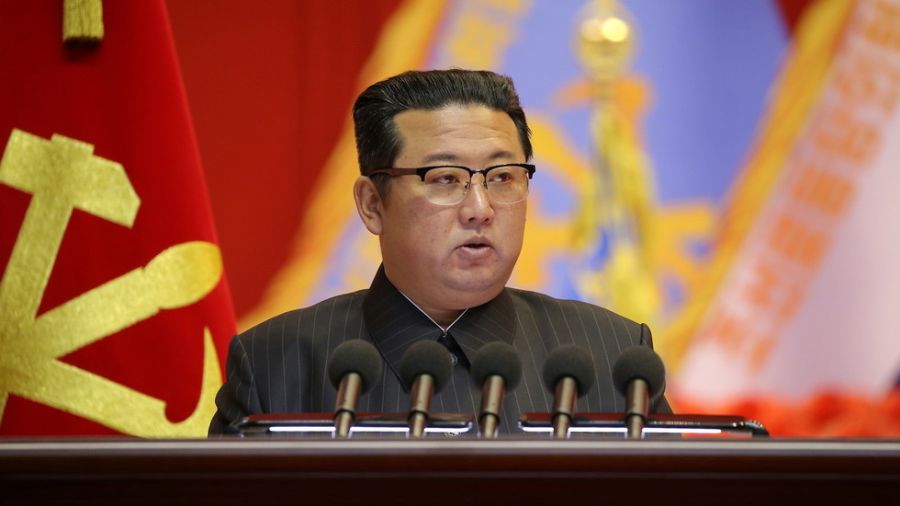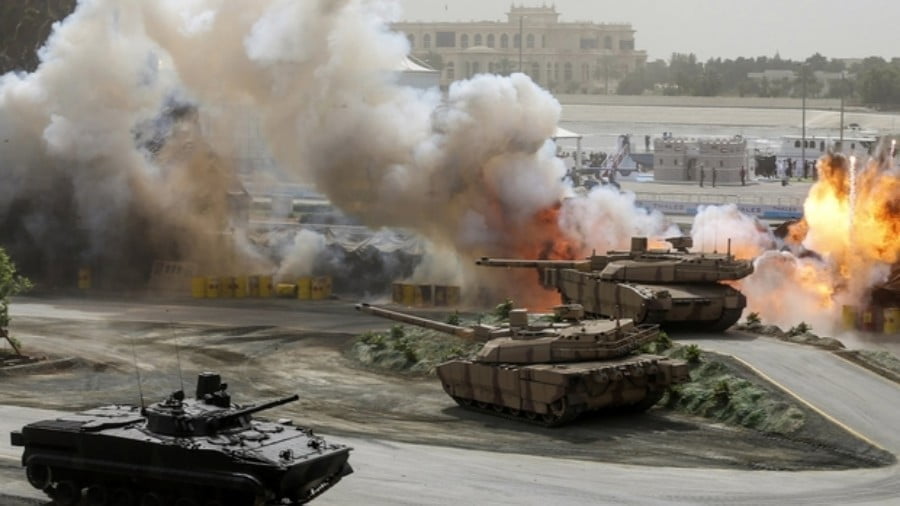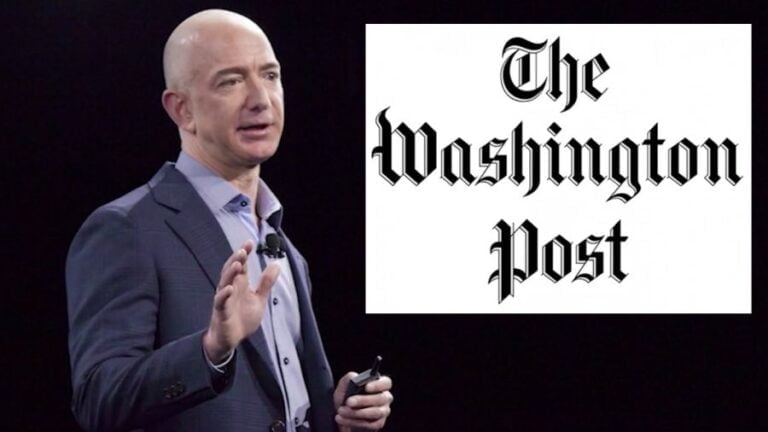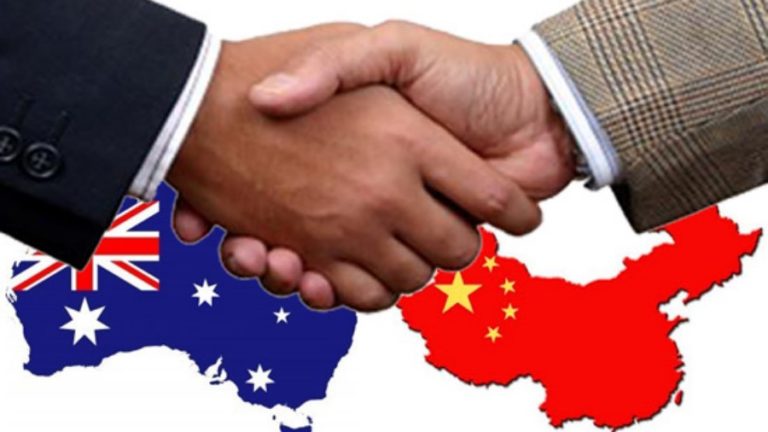Ten Years of the ‘Rocket Man’: What’s Kim Jong-un Achieved?
When he took over as North Korean leader from his father back in 2011, the West predicted he was too young and inexperienced to survive long. Kim’s been defying the odds ever since.
Ten years ago this month, North Korea’s Kim Jong-il passed away following a long decline in his health. Aware of his limited time, the ruler had over the previous year started preparing his son Kim Jong-un to assume the post of supreme leader, which he subsequently did.
He was, at the time, the youngest leader in the world at just 29 years of age, assuming command of a nuclear-armed nation in an unresolved state of war with its southern rival and the United States. Many predicted he was too immature and weak to endure. But in the decade that has passed, he has consolidated his power, eliminated rivals, and put his own spin on the leadership of the DPRK.
But has Kim’s rule been a success or a failure? While increasingly tougher sanctions imposed on his country by the US and the UN have taken their toll, especially with the added burden of Covid-19, Kim has nonetheless transversed the laws of political physics and advanced North Korea’s military capabilities against the odds, albeit at costs most people would consider unacceptable.
North Korea is a state which most US academics and analysts believed was doomed to collapse, an apparent relic of the Cold War which would soon be confined to history, like an Asian Albania. With an impoverished economy which suffocated following the collapse of the Soviet Union, and with Boris Yeltsin purposefully cutting off trade and downgrading ties to please the US, it was a widely held, albeit ideological, view of American scholars that the DPRK would sooner or later meet the same fate as its eastern bloc counterparts in Europe.
The day Kim Jong-il died was assumed to make it a near certainty. Victor Cha, the American academic and former foreign policy adviser, notoriously wrote an entire chapter in his 2012 book The Impossible State, entitled ‘The End is Near’. However, contrary to all expectations, the state not only survived Kim Jong-il’s passing, but Kim Jong-un successfully made the transition to the family’s third generation of leadership. Even though there has been much speculation in the West aimlessly obsessing over his health, or even misleadingly reporting his death, Kim’s rule is secure.
How did he do it? And why were reports of collapse wrong? First of all, he has legitimacy with his people. The West’s claim that North Koreans are “brainwashed” is lazy and misleading – the Kim family has long derived its right to rule by blending traditional Confucian concepts of family with anti-colonialist Korean nationalism.
The cult of personality built around the leaders depicts them as the ‘parents’ of the nation, depicting them as loving, kind, and virtuous figures who look after Koreans as an ‘extended family’, and who have liberated them from Japanese and American colonialism. Their images are found in every place throughout the country, every home, every building, and every North Korean adult wears a lapel pin bearing their faces.
Their legitimacy is further derived from the traditional East Asian idea of meritocracy, as well as the assumption that their brilliance is passed down from generation to generation. Family names and ancestry are aspects of status in East Asian tradition, and the Kims have built their state upon this premise, establishing a comprehensive mythology and ‘national story’ of their legacy, such as the claim Kim Jong-il was born on Mount Paektu, the sacred mountain of Korea. The identity of the family is thus interwoven with Korean customs, traditions, and the political realities of a state’s struggle against colonialism.
While it is the legacies of his grandfather and father, Kim Il-sung and Kim Jong-il, that are ‘immortalized’, Kim has built his power by committing himself to sustaining their cause. He had the sacred monuments of the country in Pyongyang – such as the Mangyongdae Grand Hill Monument, the Kumsusan Palace of the Sun, and the Glorious Fatherland Victorious Liberation War Museum – rebuilt and renewed. All of these sites affirm North Korea’s crafted narrative: the story of colonialism, revolution, and liberation under the Kims.
In my travels to the DPRK, I’ve witnessed these places, and how they have changed. But there were other things Kim did to survive. He eliminated his uncle, Jang Sung Taek, who was seen as his main internal rival. He put ties with China on ice for at least five years in order to gain control over the scale of his country’s opening up to the world. Then he doubled down on North Korea’s nuclear program as his primary strategy of success and pursued a path of deeper confrontation with the United States.
Kim pledged as early as 2013, his second full year in power, to establish an intercontinental ballistic missile that could reach America, a game-changing deterrent that would transform North Korea’s negotiating hand. Eight years or so on, by many estimations he has achieved that, although questions remain. Yet in the pursuit of doing that, he has deepened his country’s isolation; crippling sanctions from the UN Security Council and US have banned the country’s exports, blocked oil imports, blacklisted it from the global financial system, and banned foreign investment to it. All are products of the relentless Trump campaign against Pyongyang known as ‘maximum pressure’.
This spree of sanctions has ruined what was, in at least his first five years, a modest improvement in the country’s economy and living standards. Kim’s primary goal has been to negotiate with the US on terms favorable to him, to win sanctions relief while keeping as much of his nuclear capabilities as possible. The US hope of ‘fully denuclearizing’ North Korea was always a non-starter, and that is why, for all those glorious summits which certainly gave Kim the international stage he wanted, no deal has ever been struck. He is, nonetheless, the first ever North Korean leader to meet a US president.
Despite its nuclear status, the DPRK has always remained a poor country; if one visits rural areas, one sees people living a humble life in small villages, getting by with cattle plows. Pyongyang, on the other hand, is more modern than most would expect, largely due to the state piling its resources into vested classes there. Many people have smartphones, albeit with limited internet capabilities (the DPRK somehow manufactures its own unique brands with Android), they go to restaurants, have stores with a wide range of imported consumer goods, and most have a broad awareness of the world. The country nonetheless continues to have a ‘retro’ feel about it, with old hairstyles, and every adult always dressing formally in older fashion – there is no such thing as casual wear in public.
However, in the wake of the devastating impact of the Covid pandemic, where Kim shut off all trade with the outside world in 2020, the future looks a lot bleaker for everyday life. While North Korea has continued to build up its military capabilities, the Biden administration appears to be in no rush to talk to it, and has imposed new sanctions.
Kim sits waiting at an impasse, and has done since the day Trump walked out of the 2019 Hanoi summit with the man he condescendingly calls ‘Rocket Man’. Perhaps his moment will come one day, but who knows? Either way, Kim is likely to continue to overcome rumors and speculations about his demise, and that of his regime. Ultimately, it’s all part and parcel of the fact that the DPRK is an enigma to the world, a country so secretive, so poorly understood and mysterious, that few know how to approach it – hence why so many have got Kim and his country wrong in the past, and will continue to do so in the future.







